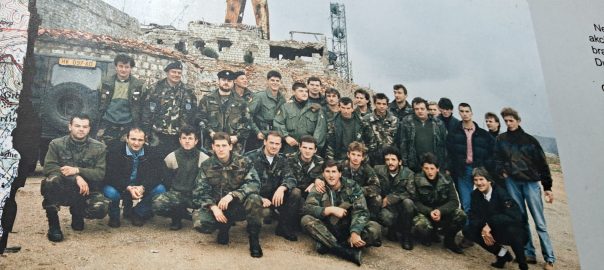My new novel, A Killer Whisky, takes place during World War One, and I’ve been doing a lot of reading on the subject for research. The books have made me realize my ignorance about the Great War, as it was called at the time, despite having watched numerous costume dramas set during that era (Downton Abbey springs to mind) and visiting sites on the Western Front during a 2015 holiday in Northern France.
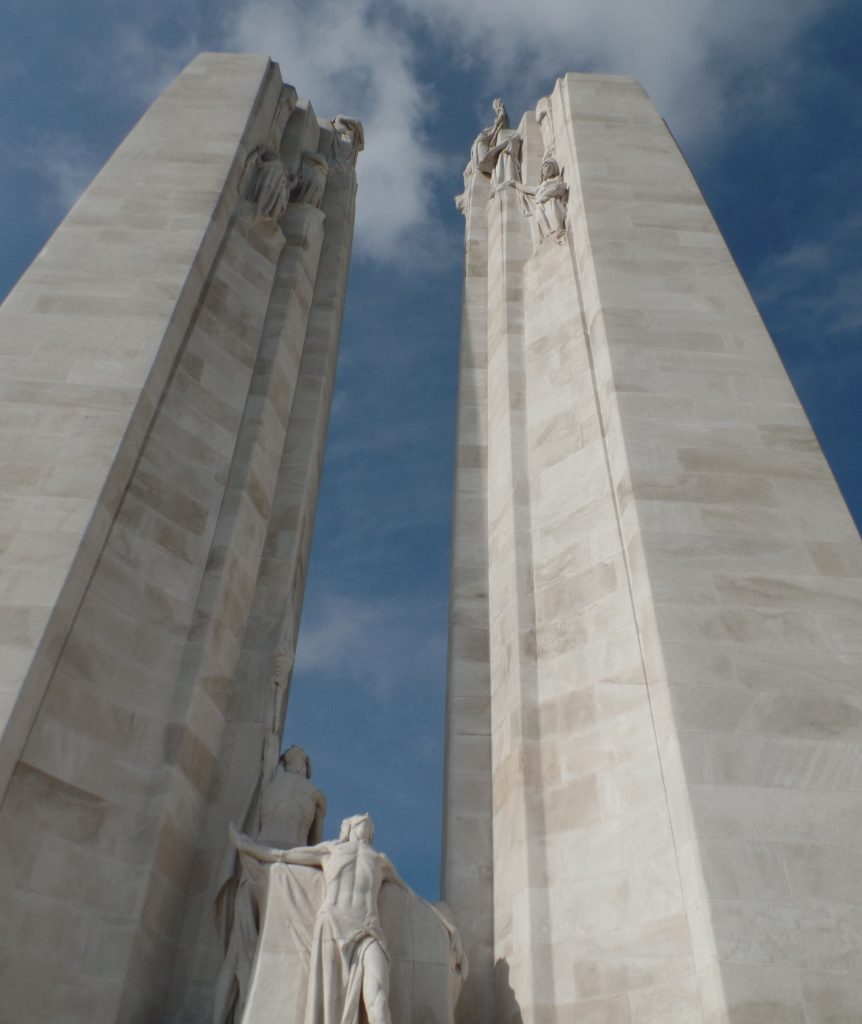
This September, I travelled to Croatia and Slovenia in the former Yugoslavia, which was a battleground for three wars in the twentieth century. A Serbian nationalist set off the First World War when he assassinated the heir to the Austro-Hungarian throne. Austria-Hungary declared war on Serbia and, as part of the empire, Croatia and Slovenia were conscripted to the side of the Central Powers. Italy joined the opposing Allies and attempted to break through the Slovenian mountains to capture Vienna. The result was 12 Battles of the Isonzo (Soca) River. Italy’s efforts largely failed — the mountainous terrain favoured the defenders — and accounted for half of the Italian military deaths in WWI.
Our September drive through Slovenia took us by the Soca, which originates in the Julian Alps and is one of the world’s rare rivers that maintains its emerald-green colour for its full length. Today, the region is popular with hikers and others who enjoy wilderness activities.
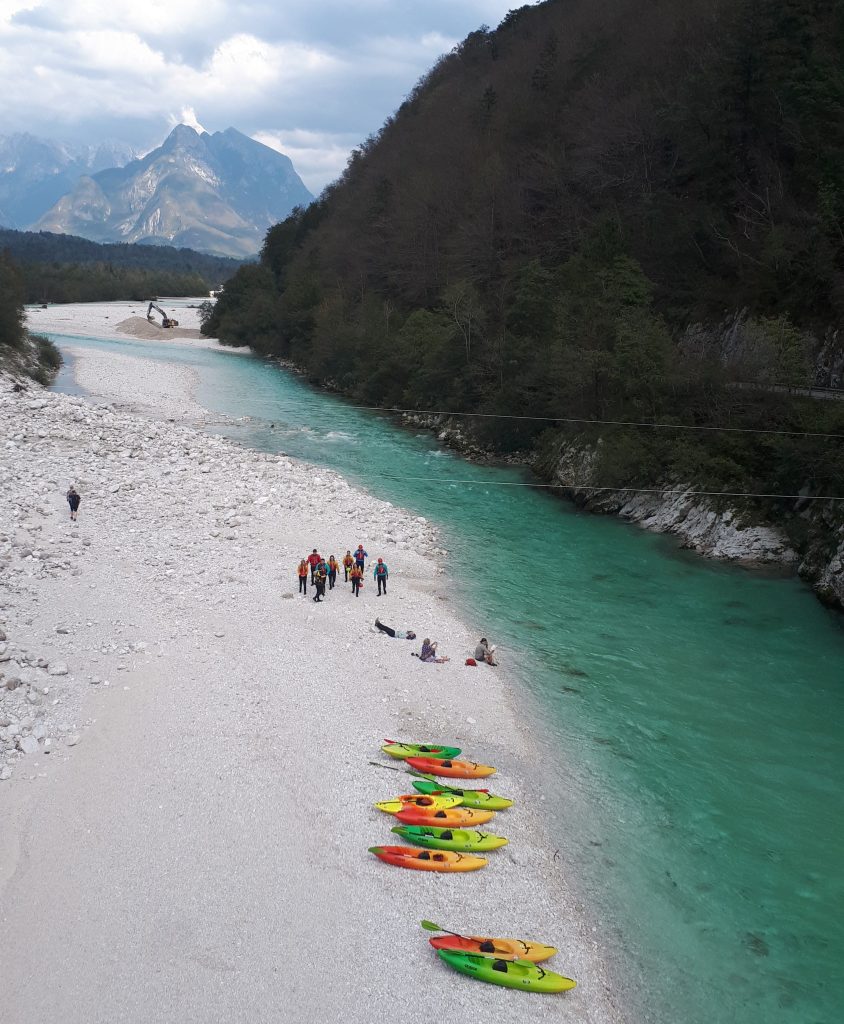
After WWI, the victorious Allies carved Yugoslavia (“Land of the South Slavs”) from the Austria-Hungary empire. When WWII broke out twenty years later, German, Hungarian, and Italian forces invaded Yugoslavia and divided the regions among themselves. A Yugoslav resistance movement emerged led by Josip Broz Tito. After the war, Tito’s communist party (the only party on the ballot) won victory. Tito served as national leader until his death in 1980.
Tito’s former summer home on Slovenia’s beautiful Lake Bled is now a luxury hotel. You can rent an economy room at Vila Bled during this current off-season for about $230 CAD a night including breakfast.
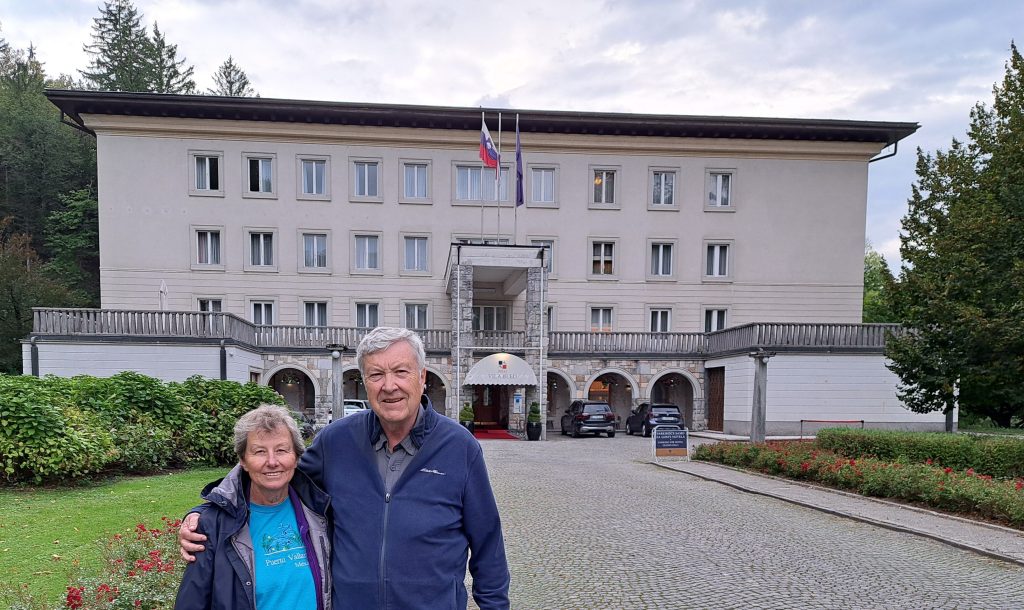
A decade after Tito’s death, ethnic tensions in Yugoslavia erupted into civil war. During our trip, we encountered the most evidence of that war in Dubrovnik, Croatia. In 1991, the fortress on Mount Srd outside the Dubrovnik Old Town became the last stand for this southern part of Croatia against the Yugoslav army, composed of Serbs and Montenegrins.
When they couldn’t capture the fortress, the Yugoslav army bombed and blockaded the Old Town, killing 92 civilians and damaging half the buildings. This map on a city wall marks the property damage.
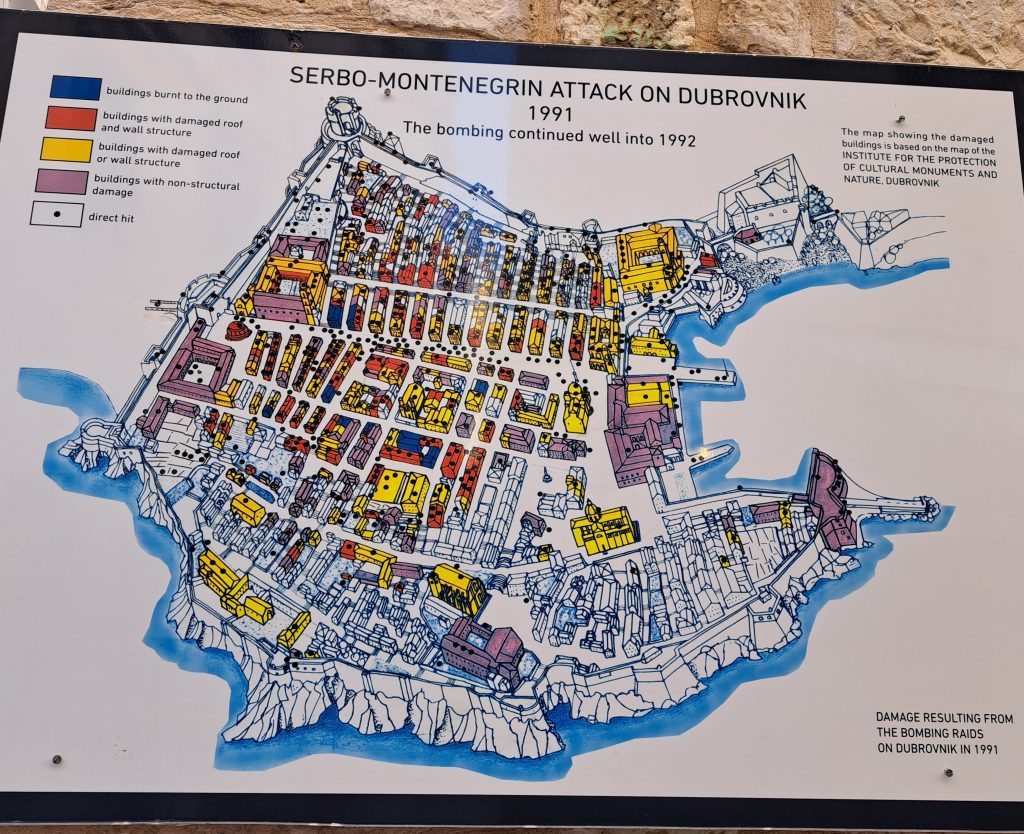
Most of the damage was reconstructed during the next 30 years. The city’s Sponza Palace features a Memorial Room dedicated to the city’s volunteer defenders who died during the seven-month siege.
The fortress on Mount Srd now contains a museum depicting the war’s events. We overheard a young tour guide point out her father in this photo of the volunteer defenders.
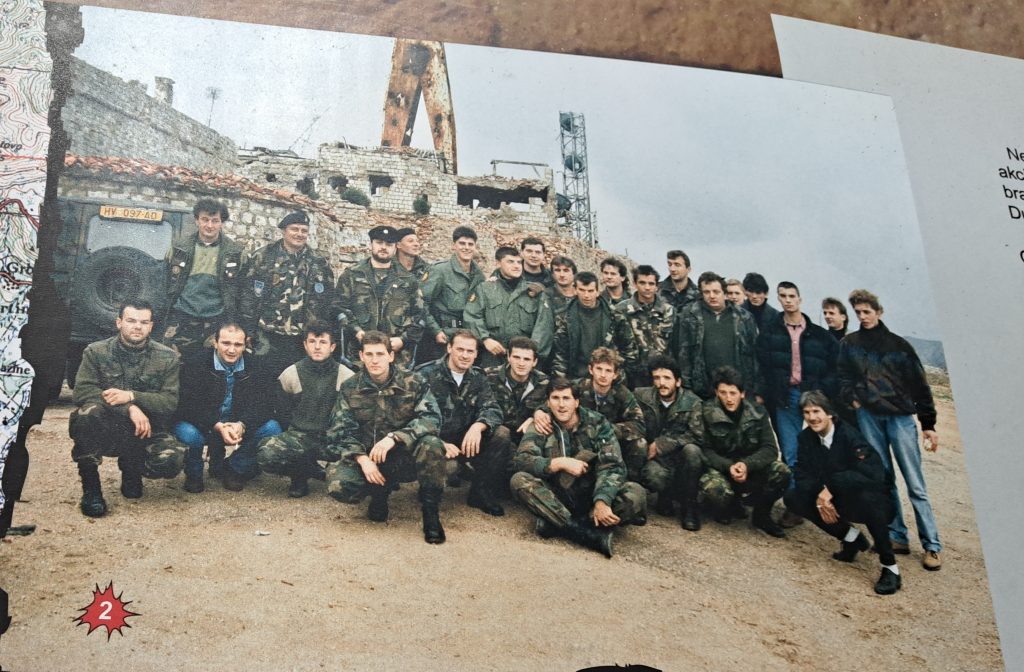
The siege ended when Croatia finally got its army organized and drove out the attackers. Between 1991 and 2008 Yugoslavia became seven separate nations. The ones we visited seem peaceful now, but the war’s history is startlingly recent.
None of this detail appears in my novel, A Killer Whisky, which takes place on the WWI home front in Calgary, Canada. But the war in Europe is a constant presence in the story and my characters must deal with its impacts on daily life, the uncertainties the war creates for their futures, and sudden, unexpected deaths — since the book is murder mystery. A Killer Whisky is also the 12th and final novel of BWL’s Canadian Historical Mystery Series. https://www.bookswelove.net/authors/canadian-historical-mysteries/
